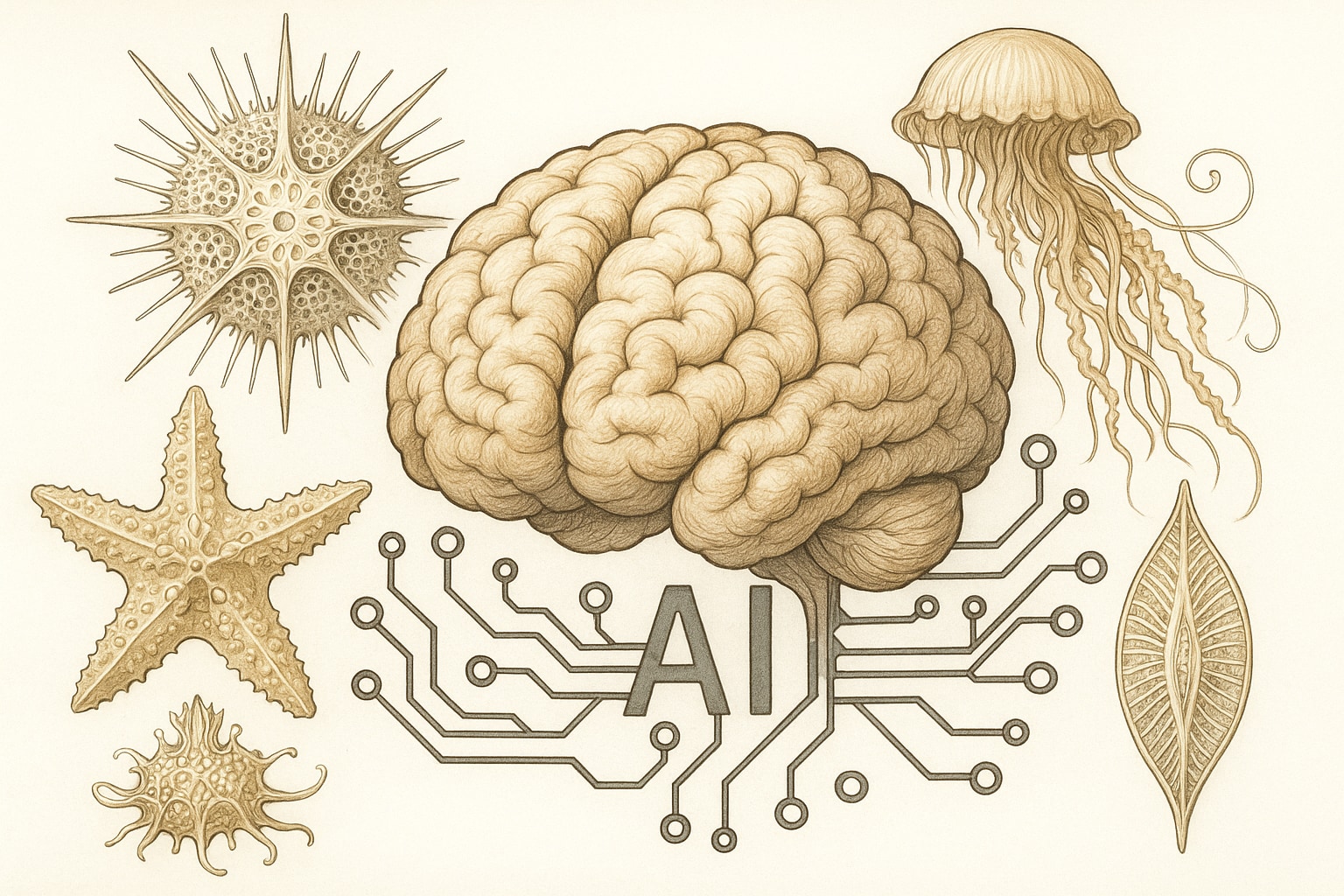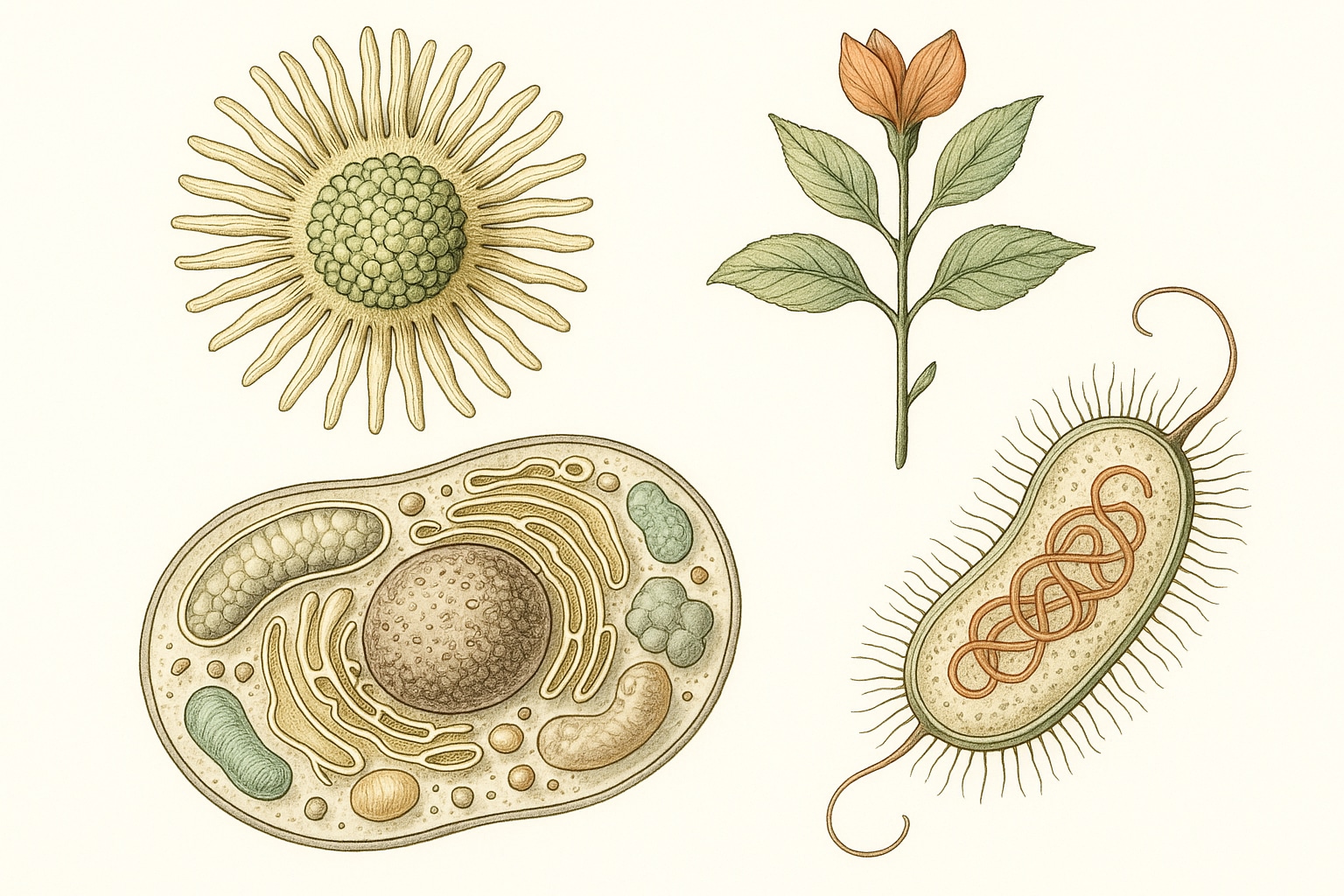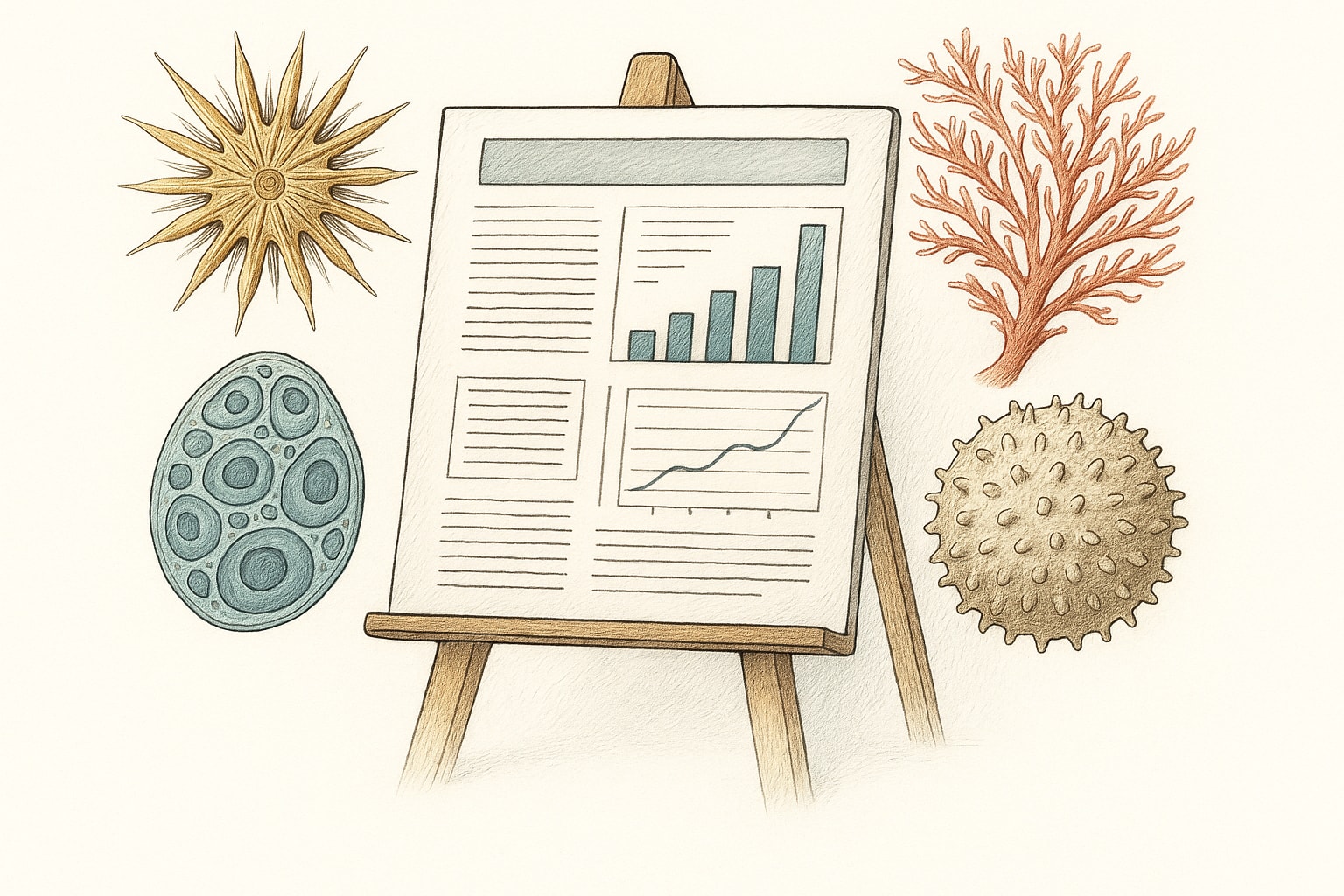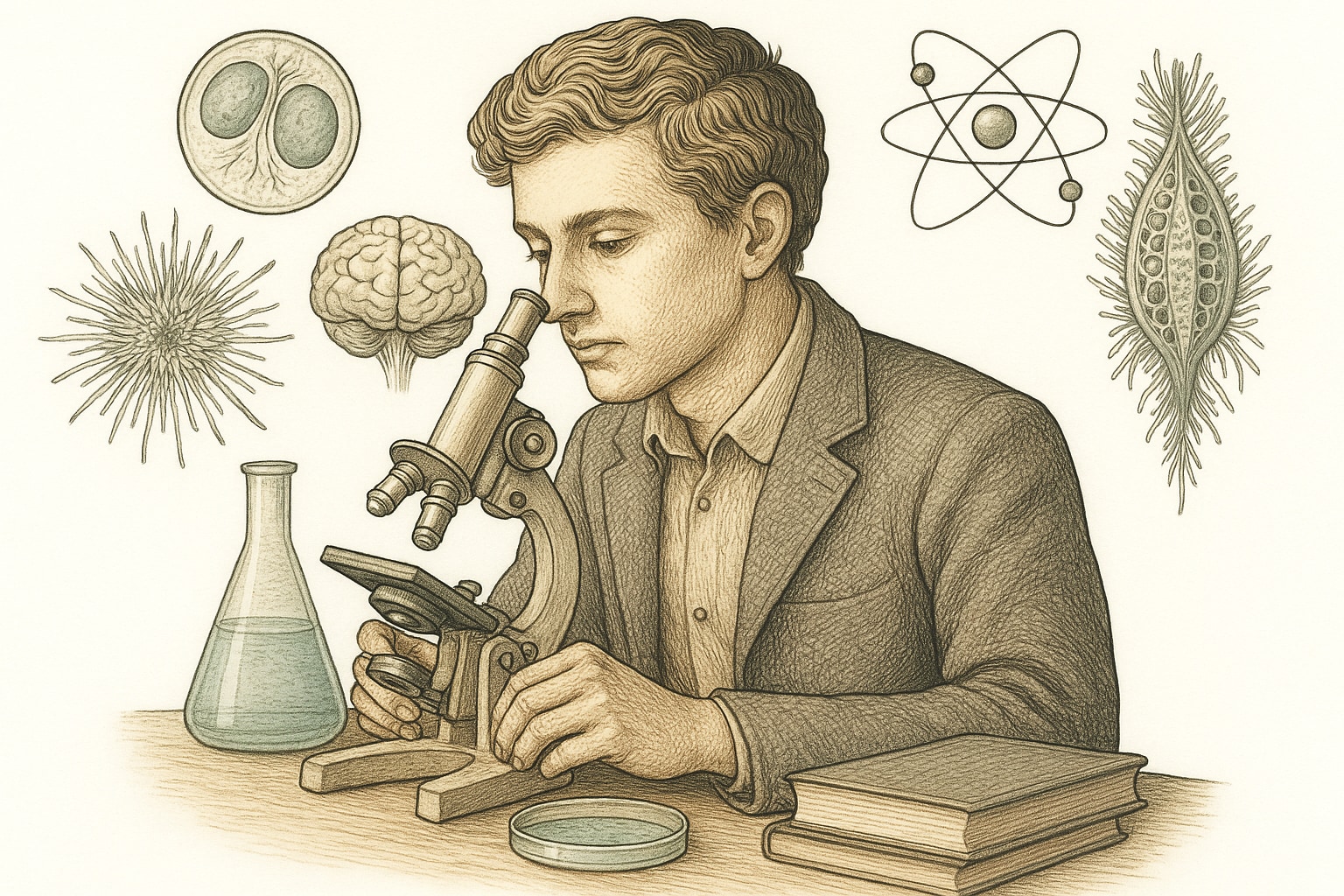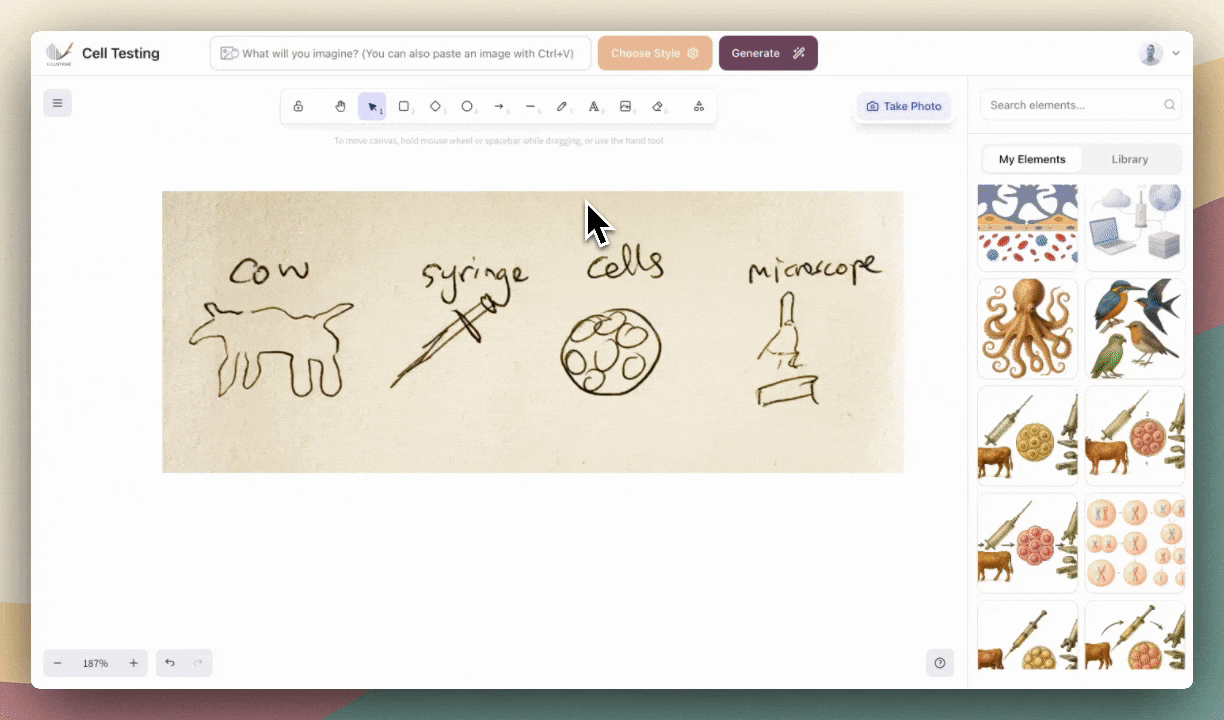Creating scientific illustrations is a crucial part of communicating research, but it’s not always easy or quick. Thanks to artificial intelligence, what used to take hours or days can now be completed in minutes—without compromising on accuracy or detail. Today’s AI-powered tools let researchers, educators, and illustrators generate high-quality visuals, streamlining the science communication process while opening new creative possibilities.
How to Create Accurate Scientific Illustrations with AI in Minutes
Introduction to AI in Scientific Illustration
Artificial intelligence is reshaping how we approach scientific illustration. Traditionally, producing diagrams, figures, or schematics for research meant either learning specialized software or working closely with an illustrator. Now, AI offers a powerful shortcut, automating much of the process and letting anyone produce clear, accurate visuals quickly.
AI's impact on scientific illustration is profound because it leverages machine learning and deep learning models to interpret data, understand context, and generate images that align with scientific standards. For example, "DeepMind and BioNTech are developing AI lab assistants to help researchers plan scientific experiments and predict their outcomes." This shows the level of integration AI is achieving within the scientific workflow, not just in illustration, but across the board.
With the rise of accessible AI tools, scientists and educators no longer need to rely solely on manual skills. Instead, they can focus on the message and the science itself. Platforms like https://illustrae.co are at the forefront, making professional-grade illustration accessible to a wider audience.
Whether it’s for journal articles, conference presentations, or educational resources, AI tools are helping researchers convey complex concepts clearly and beautifully—often in just a few minutes.
Benefits of Using AI for Scientific Illustrations
Adopting AI for scientific illustration brings a host of benefits that can significantly enhance your workflow and the quality of your work. Here are some of the key advantages:
Speed: AI-driven tools can generate complex figures in minutes, drastically reducing the turnaround time compared to traditional methods.
Accuracy: Modern AI models are trained on vast datasets, which helps them understand scientific conventions and produce illustrations that meet publication standards.
Accessibility: With AI, you don’t need to be a professional illustrator or an expert in graphic design software. The technology levels the playing field for everyone.
Customization: Many AI tools provide options for editing and refining outputs, ensuring your figures match your exact needs and the specific conventions of your field.
Cost-effectiveness: Eliminating the need for expensive design software or contracted artists can help researchers and educators stick to their budgets.
Another crucial consideration is sustainability. As AI becomes more widely used, it's important to be aware of its environmental footprint. For instance, "Generating one thousand 1024×1024 images using Stable Diffusion's XL 1.0 base model requires 11.49 kWh of energy and generates 1,594g of carbon dioxide." This awareness can help guide responsible and efficient use of these powerful tools.
Overall, integrating AI into your illustration process can save time, improve results, and make professional-quality visuals more attainable than ever.
Top AI Tools for Creating Scientific Illustrations
The AI revolution has brought a variety of specialized tools tailored for scientific illustration. These range from text-to-image generators to advanced figure design platforms. Here are a few of the most notable:
Illustrae: Illustrae combines advanced AI with an intuitive interface, allowing users to create, edit, and refine scientific illustrations tailored to a variety of fields. It’s particularly well-suited for professionals who want control and precision without a steep learning curve.
FigGen: "FigGen is a diffusion-based approach for text-to-figure generation, creating scientific figures from text descriptions." This enables researchers to quickly generate complex figures with nothing more than a well-crafted prompt.
DeTikZify: "DeTikZify is a multimodal language model that synthesizes scientific figures as TikZ graphics programs based on sketches and existing figures." This tool bridges the gap between hand-drawn concepts and publication-ready vector graphics.
Opal: "Opal is a system that produces text-to-image generations for news illustration, guiding users through a structured search for visual concepts." While originally designed for news, its structured approach is valuable for scientific visuals too.
Stable Diffusion: Popular for its versatility in generating high-quality images from prompts, Stable Diffusion can be adapted for scientific applications with the right guidance and prompt engineering.
Each of these tools has its strengths, so your choice may depend on your specific needs—whether it’s generating diagrams from text, refining sketches, or producing publication-ready figures with editing flexibility.
Step-by-Step Guide to Creating Scientific Illustrations with AI
If you’re ready to dive in and create your first AI-powered scientific illustration, follow this simple process for best results:
Define Your Objective:
Start by clarifying what you want to illustrate. Is it a molecular structure, a biological process, a piece of lab equipment, or a data flow diagram? Having a clear goal helps you choose the right tool and craft effective prompts.
Choose the Right AI Tool:
Select a platform that aligns with your needs. For example, for text-to-figure generation, FigGen is a great option. If you have sketches, DeTikZify can convert them into clean, vector images.
Prepare Your Input:
If you’re using a text-to-image tool, write a detailed prompt. For instance, specify the elements, labels, colors, and style you need. For sketch-based tools, make sure your drawing is clear and legible.
Generate the Illustration:
Upload your prompt or sketch and let the AI work its magic. Most tools will produce results in seconds to minutes.
Refine and Edit:
Review the output carefully. Use built-in editing features to make adjustments or export the image to another program if needed. Platforms like Illustrae provide powerful editing options for fine-tuning your figure.
Export and Use:
Once you’re satisfied, export your illustration in the appropriate format (PNG, SVG, PDF, etc.) for your presentation, publication, or classroom use.
By following these steps, you’ll be able to harness the speed and precision of AI—creating accurate scientific visuals without the hassle of manual design.
Best Practices for Ensuring Accuracy in AI-Generated Illustrations
While AI can dramatically streamline the illustration process, it’s essential to ensure that the results are both scientifically accurate and clear. Here are some best practices to keep in mind:
Double-Check the Output: Always review AI-generated illustrations for accuracy. Cross-reference with source data, scientific literature, or trusted diagrams to verify correctness.
Refine Details: Use editing tools to adjust labels, scales, and other elements that may not be perfect in the first output. Human oversight remains crucial for precision.
Stay Up to Date: AI models improve over time, and new features are added regularly. Keep an eye on updates from your chosen platforms to ensure you’re leveraging the latest advancements.
Collaborate with Experts: When illustrating complex or niche topics, consult with subject matter experts to validate your figures and avoid misrepresentations.
Be Transparent: If you use AI-generated illustrations in publications, consider noting the tools and methods used. This transparency can benefit peer review and reproducibility.
Consider Environmental Impact: As noted earlier, generating large numbers of images can have an environmental footprint. Use resources efficiently by generating only what you need and optimizing prompts for accuracy on the first try.
Protect Intellectual Property: Ensure you understand the licensing and usage rights of the AI tool you choose, especially for figures intended for publication.
Ultimately, AI is a powerful assistant, but human expertise is still the gold standard for scientific accuracy. By combining the strengths of both, you can produce illustrations that are both fast and flawless.
For those looking to make the most of AI in scientific illustration, platforms like https://illustrae.co are setting the standard for speed, accuracy, and ease of use. With the right approach and a little practice, you’ll find that creating professional-quality scientific visuals has never been easier—or faster.

